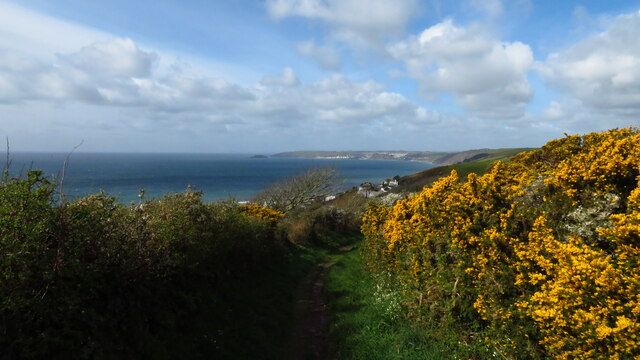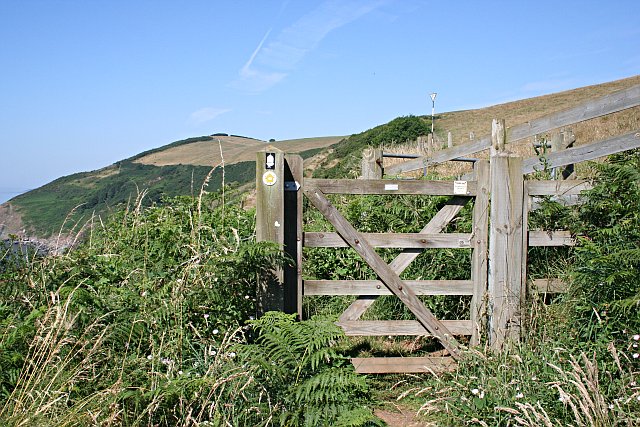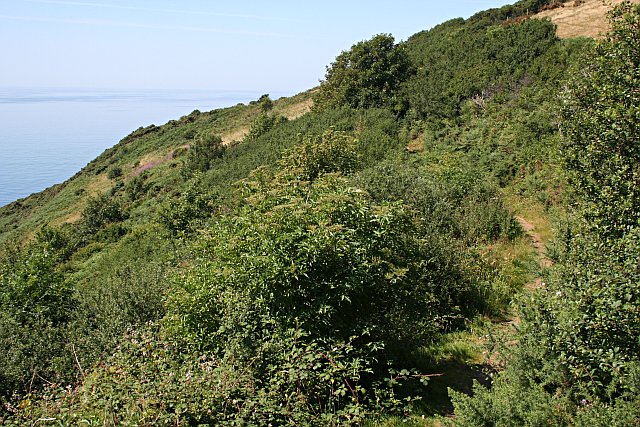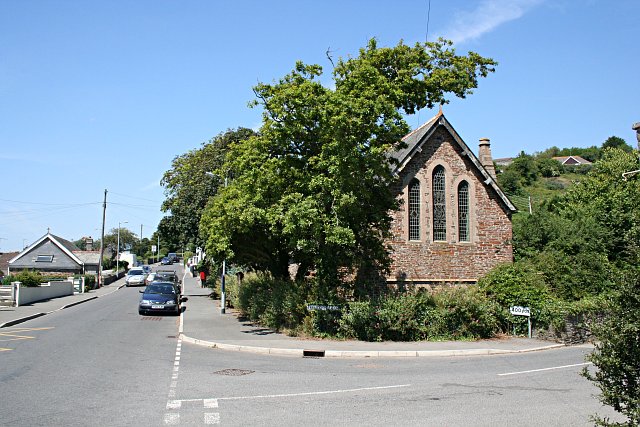Beaks Horn
Beach in Cornwall
England
Beaks Horn

Beaks Horn is a picturesque beach located in Cornwall, England. It is known for its stunning cliffs, golden sands, and crystal-clear waters. The beach is surrounded by rugged cliffs, providing a dramatic backdrop to the tranquil waters below.
Beaks Horn is a popular spot for sunbathing, picnicking, and swimming. The beach is also a great place for wildlife enthusiasts, as it is home to a variety of bird species and marine life. Visitors may spot seabirds soaring above the cliffs, or seals basking in the sun on the rocks.
The beach is accessible by a steep path leading down from the cliffs above, making it a secluded and peaceful spot away from the hustle and bustle of more crowded beaches. Beaks Horn is a great place to relax and unwind, surrounded by the natural beauty of the Cornish coast.
Overall, Beaks Horn is a hidden gem in Cornwall, offering stunning views, peaceful surroundings, and a chance to connect with nature. It is a must-visit destination for anyone looking to experience the beauty of the English coastline.
If you have any feedback on the listing, please let us know in the comments section below.
Beaks Horn Images
Images are sourced within 2km of 50.361731/-4.3308967 or Grid Reference SX3453. Thanks to Geograph Open Source API. All images are credited.






Beaks Horn is located at Grid Ref: SX3453 (Lat: 50.361731, Lng: -4.3308967)
Unitary Authority: Cornwall
Police Authority: Devon and Cornwall
What 3 Words
///blankets.acoustics.part. Near Landrake, Cornwall
Nearby Locations
Related Wikis
Portwrinkle
Portwrinkle (Cornish: Porthwykkel) is a small coastal village in south-east Cornwall, England, United Kingdom. It is at the western end of Whitsand Bay...
Narkurs
Narkurs is a hamlet in the south east of Cornwall, England. It is part of the civil parish of Deviock. It is about 2 km southeast of Hessenford. Historically...
Crafthole
Crafthole is a village in the parish of Sheviock, in southeast Cornwall, England, UK. The village has a pub (Finnygook Inn), Post Office, shop, Methodist...
Downderry
Downderry (Cornish: Downderri) is a coastal village in southeast Cornwall, England, United Kingdom. It is situated 12 miles (19 km) west of Plymouth and...
Nearby Amenities
Located within 500m of 50.361731,-4.3308967Have you been to Beaks Horn?
Leave your review of Beaks Horn below (or comments, questions and feedback).













